The art and style of about 1908-1914 matched the frenetic pace towards the modernism the First World War brought to fruition. This period–characterized by the Ballet Russes (under the design of Léon Bakst), Paul Poiret, and art movements like Fauvism, Cubism, and Futurism–can be neglected, sandwiched as it is between the better-known lush floral curves of Art Nouveau and the stark geometric lines of Art Deco. But the brief, startling impact of Russian and “Oriental” design on the Edwardians was like a pupa bursting free from its larvae to become a dazzling butterfly. Almost overnight, ladies exchanged their large, feathered hats for lame turbans, and the smartest houses cleared away their clutter for clean lines, sensual drapery, and exotic furnishings.
Couturier Paul Poiret spread his empire to encompass perfumes, textiles, and home furnishings, and Martine, a school of decorative art, studio, and store founded in 1911, was a revolutionary idea. Not only were the students and craftswomen drawn from the working classes, but these girls were sent out to Paris to capture the sights in their untrained eyes and hands, thus producing “natural” designs that fit perfectly with the current trend of avant garde art. At first Martine only produced textiles and wallpapers, but “it soon expanded to create carpets, lighting, hand-painted glassware and ceramics, and other items for interiors…Furniture and interior-decorating services were introduced under the direction of Guy-Pierre Fauconnet.”
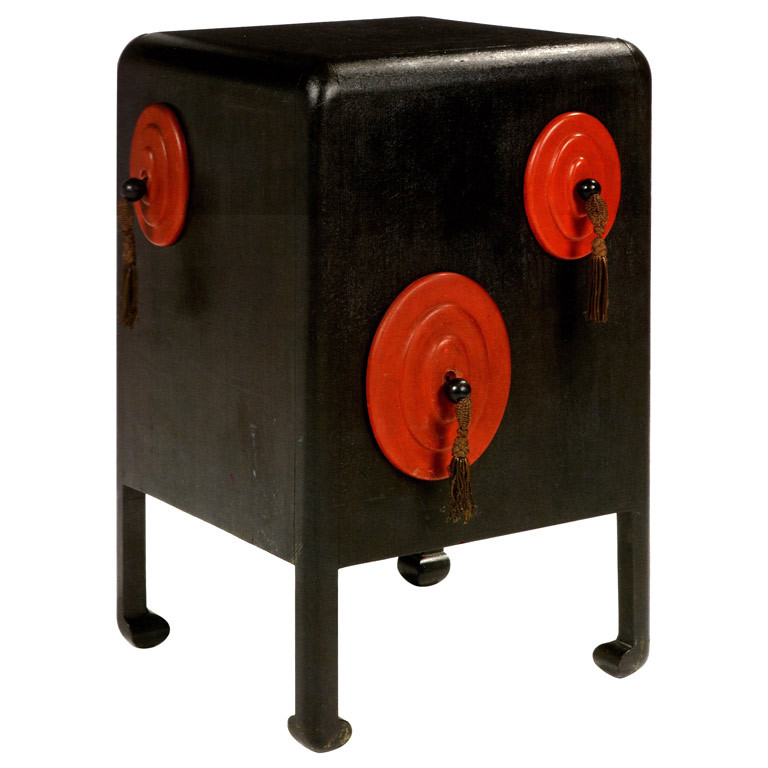
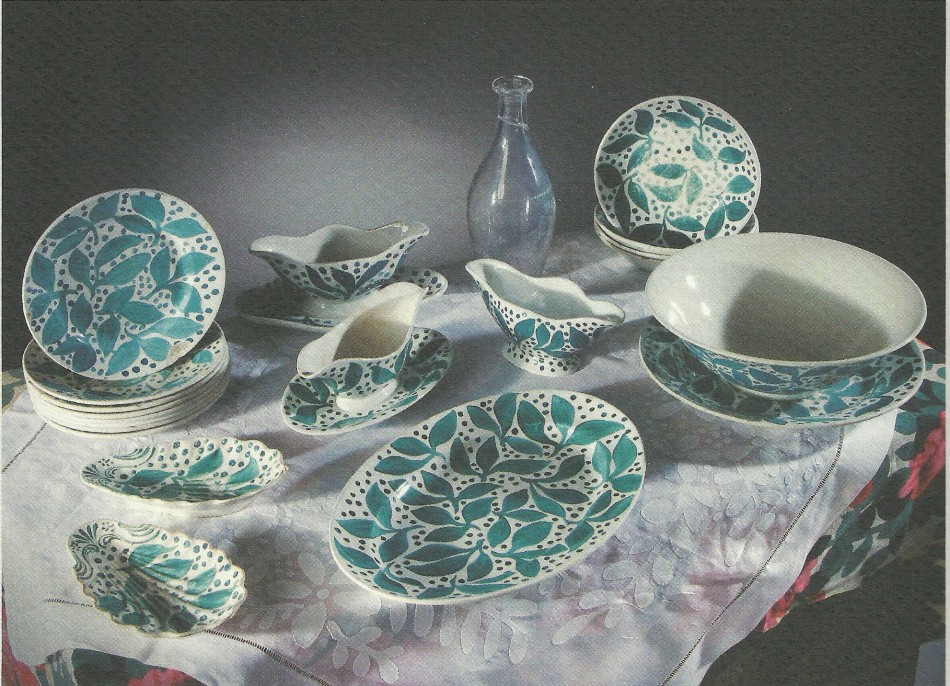
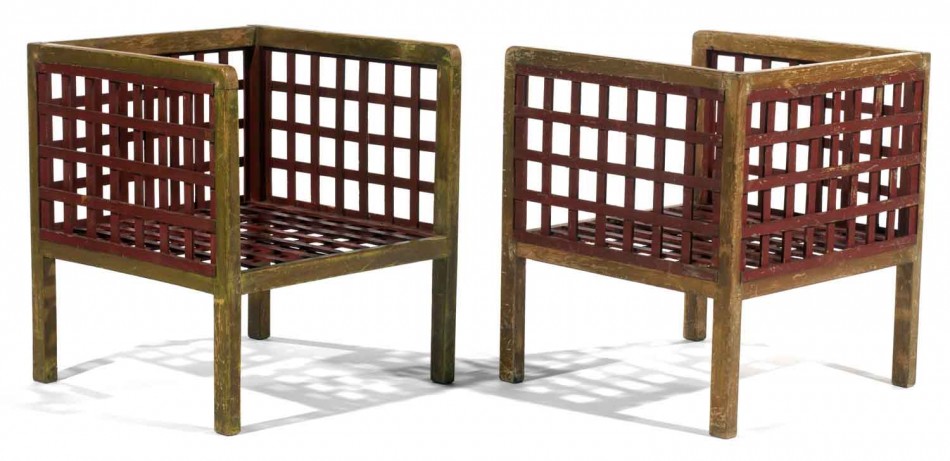
During its heyday between 1909 and 1929, the Ballet Russes set the trends for music, fashion, design, and dance. Serge Diaghilev, the company’s founder and impresario, gathered the best dancers, choreographers, and designers under his wing, most of whom achieved lasting fame long after his death. Léon Bakst was the art director for the Ballet Russes, and his collaboration with Diaghilev produced starting sets and costumes that appealed to everyone in society, not simply the elite, and rebelled against realism. Nicholas Roerich, another Russian artist, had a particular interest in Russia’s past, which served him well when designing the sets for the Ballet Russes epic historical pieces like Prince Igor.
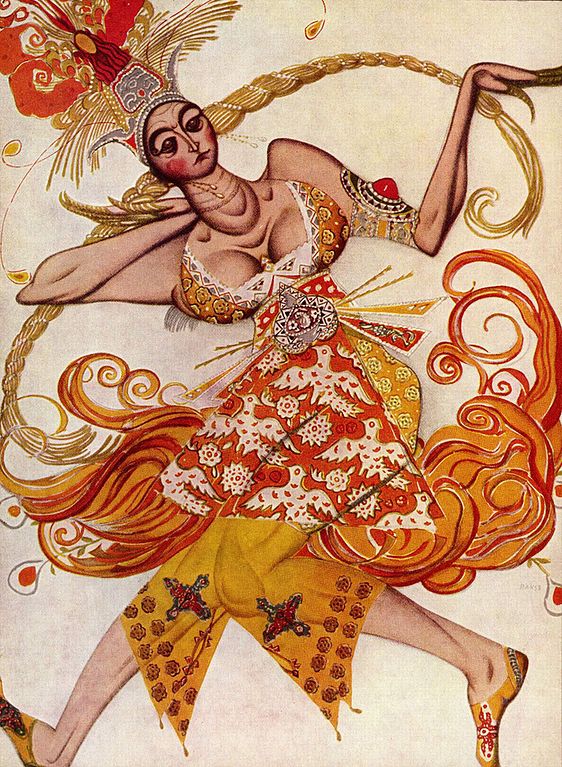
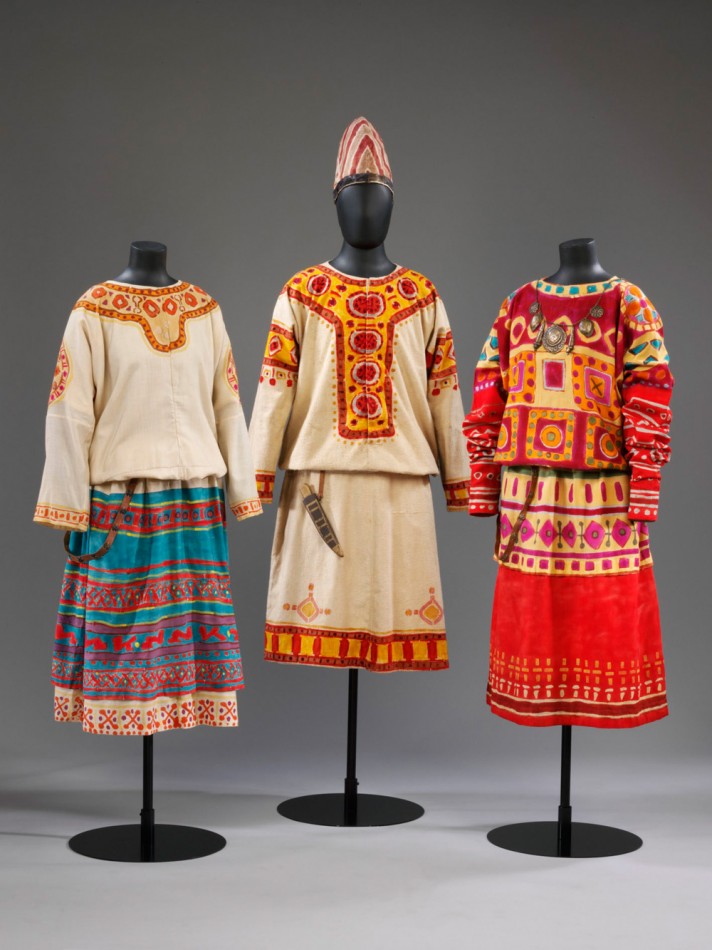
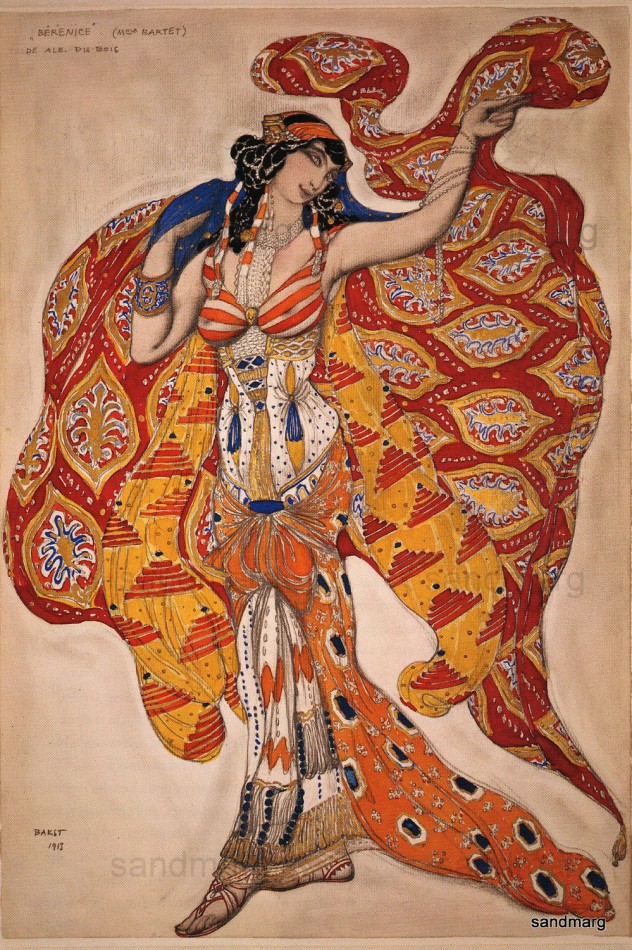
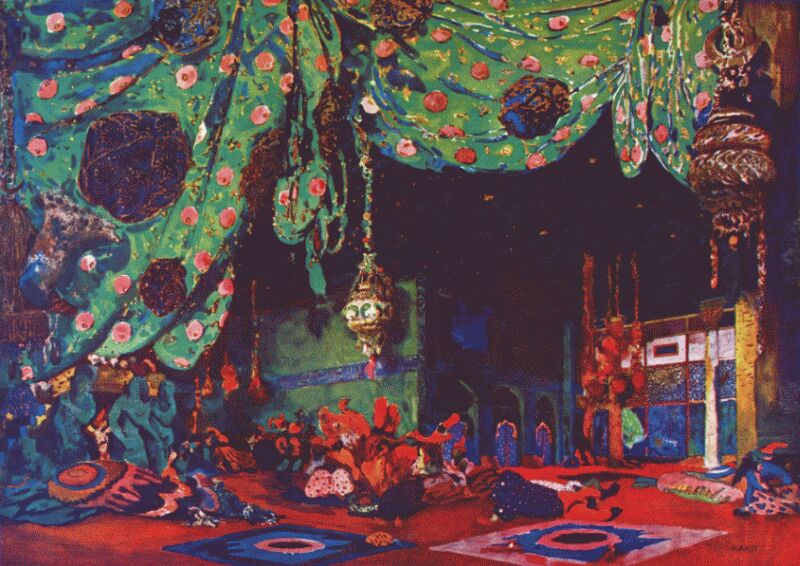
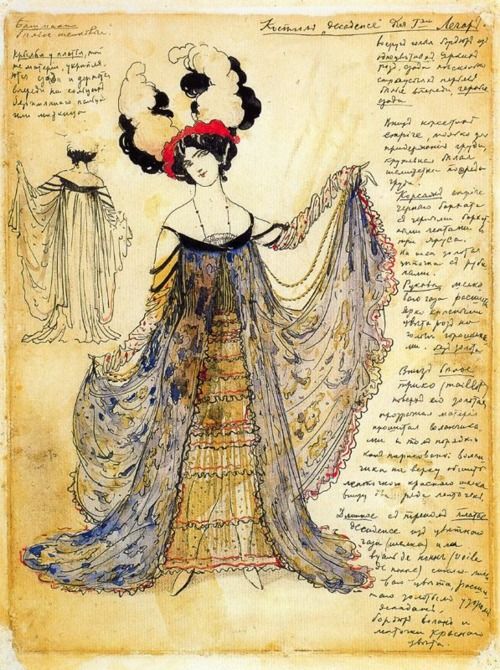
To focus on music and dance, Igor Stravinsky’s composition “The Rite of Spring” caused a near riot when it debuted in 1913. For audiences weaned on the delicate strains of the waltz and the elegant ballets of Tchaikovsky, the deliberate dissonance and outrageous textures was taken as an assault on their ears. Add to this the unconventional, frenzied choreography of principal dancer Vaslav Nijinsky, and this was a revolution! The video below is a 1987 recreation of Nijinsky and The Rite of Spring, as it possibly appeared to audiences in 1913.
Further Reading
Poiret (Metropolitan Museum of Art) by Harold Koda & Andrew Bolton
Ballets Russes Style: Diaghilev’s Dancers and Paris Fashion by Mary E. Davis
Online Exhibitions
Diaghilev’s Ballets Russes, 1909-1929: Twenty Years That Changed the World of Art – Harvard
Serge Diaghilev and His World: A Centennial Celebration of Diaghilev’s Ballets Russes, 1909–1929 – Library of Congress
Diaghilev & The Ballet Russes – Victoria & Albert Museum

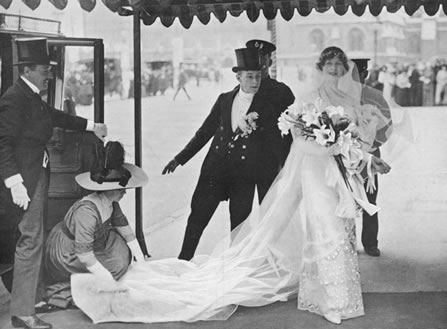
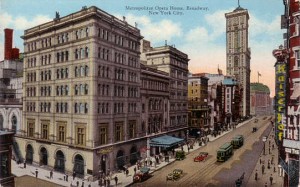
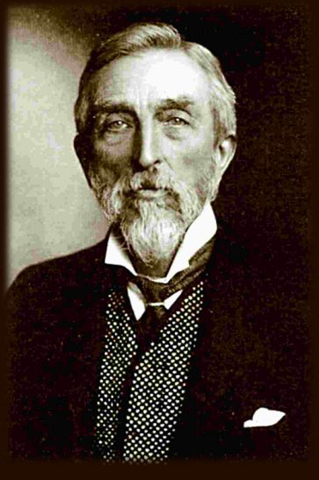

I agree thoroughly that the Ballets Russes set the trends for music, fashion, design and dance. I don’t think anyone could have had half the influence that Serge Diaghilev, his costume designers, choreographers and set designers had, first in Paris and then beyond. But isn’t it interesting that the taste was never Russian; rather they went for the colourful, the exotic, the sexy Orientalist taste.
Thanks for the link and for your gorgeous photos.
Hels
http://melbourneblogger.blogspot.com.au/2009/06/ballets-russes-art-and-design.html
I think Russia culture straddled two cultures (European and Asian), and their religious background trended towards mysticism, so the influence was fantastic, voluptuous, and opulent.